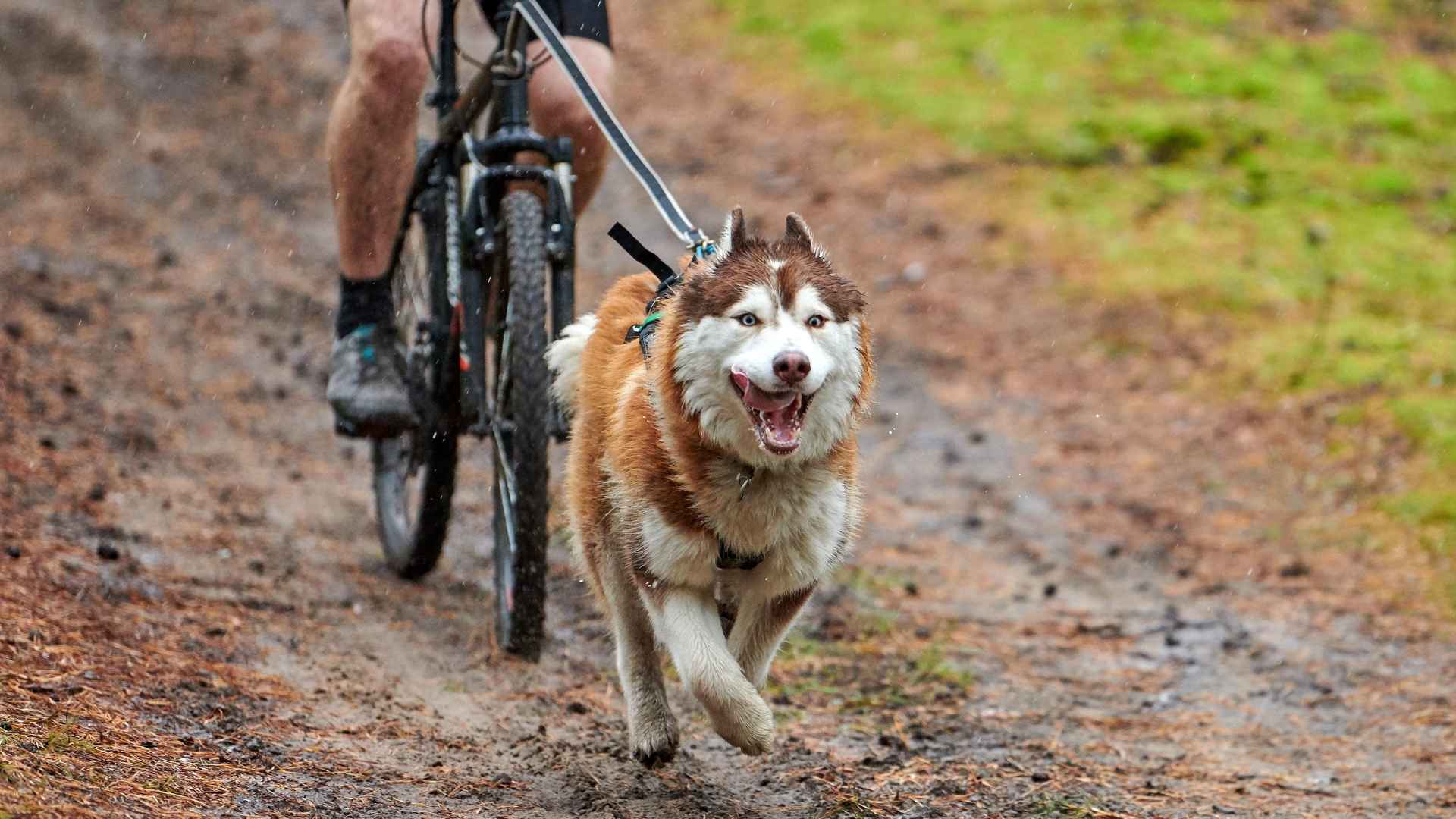The road is supposed to feel freeing. Not exhausting. Not noisy. And definitely not a series of “What now?” moments caused by a dog who’s losing it in the backseat.
If you’ve ever traveled with a pup who hated the car, you know how fast joy turns into regret. But when the right dog is with you, something shifts. You’re still tired — but it’s the good kind. The kind that comes with adventure, not stress.
This isn’t about having a pet. It’s about having a calm companion while the world moves outside your window. No barking at every new city. No anxiety at every turn. Just breathing, sleeping, and maybe sticking a head out the window every once in a while.
If that sounds like the kind of travel buddy you want, you’re in the right place. Here are the dog breeds that turn road trips into something smooth.
Dog Breeds For Long-Distance Cyclists
1. German Shorthaired Pointer
With muscular legs and a deep chest, this pointer breed handles long-distance runs with impressive efficiency. It’s not just fast—it maintains speed across miles without tiring easily. That stamina makes it a natural partner for cyclists covering serious ground.
A drive that doesn’t wear down
As Showsight Magazine mentions, the German Shorthaired Pointer thrives on movement and needs consistent physical challenges to stay balanced. Its focused energy means it won’t get distracted or slow down halfway through a long ride. This kind of mental discipline helps keep pace even in unfamiliar settings.
Intelligence that supports the journey
These dogs respond quickly to directional commands and adjust their stride without constant reminders. They stay alert to changes in the environment and pace, making them safe for on-road and trail cycling. Their responsiveness is a key advantage on unpredictable routes.
A history rooted in versatility
Originally bred in Germany to track and retrieve game, they’ve retained an eagerness to work alongside humans. Though classified among hunting dogs, their athleticism extends far beyond the field. It’s this combination of grit and adaptability that long-distance cyclists value most.
2. Siberian Husky
Siberian Huskies were bred to cover long, frozen routes while pulling sleds with moderate loads at steady speeds. Their ability to regulate energy over extended distances is built into their physiology. That pacing instinct aligns seamlessly with long-distance cycling routines.
Efficient movement, minimal fatigue
This breed uses a unique, almost gliding gait that reduces muscular strain over long sessions. It conserves energy by adjusting speed and stride automatically, even on uneven terrain. That makes it especially compatible with cyclists covering varying landscapes.
Mental sharpness with trail sense
Siberians read cues from their environment and adjust accordingly—something seen in their innate snow trail navigation. That same awareness helps them track alongside a bike without veering or lagging. It’s less about commands and more about their ingrained trail instincts.
History of a true working dog
Developed by the Chukchi people of Siberia, Huskies hauled goods in extreme conditions for survival, not sport, as per Britannica. As a working dog, they blend high endurance with independence, which remains evident even today. Beyond being one of the most beautiful dogs, they’re a great dog for active, experienced handlers who understand purposeful energy.
3. Dalmatian
Dalmatians were historically used to run alongside carriages, which trained them to maintain speed for extended distances without faltering. This background shows in how naturally they fall into pace during long rides. They adjust to rhythmic motion with minimal correction.
Lean body, long legs, lasting energy
With their long legs and clean muscle lines, they’re capable of sustained effort across varying terrain, as highlighted by UKC. They’re especially efficient on flat roads and light inclines where they can stretch out their stride. Proper conditioning turns that frame into a powerful trail companion.
Consistency requires commitment
Though they can go the distance, Dalmatians need structure early to harness that potential. Without daily outlets, their energy can turn erratic. Those who cycle regularly will find their intensity levels match best when routines are tight and consistent.
Naturally suited as a trail runner
They process environmental changes quickly, twists, turns, and noise, without losing stride. This makes them a solid pick for cyclists who alternate between road and trail. That stable performance across settings stems from their original purpose as multi-role utility dogs.
4. Border Collie
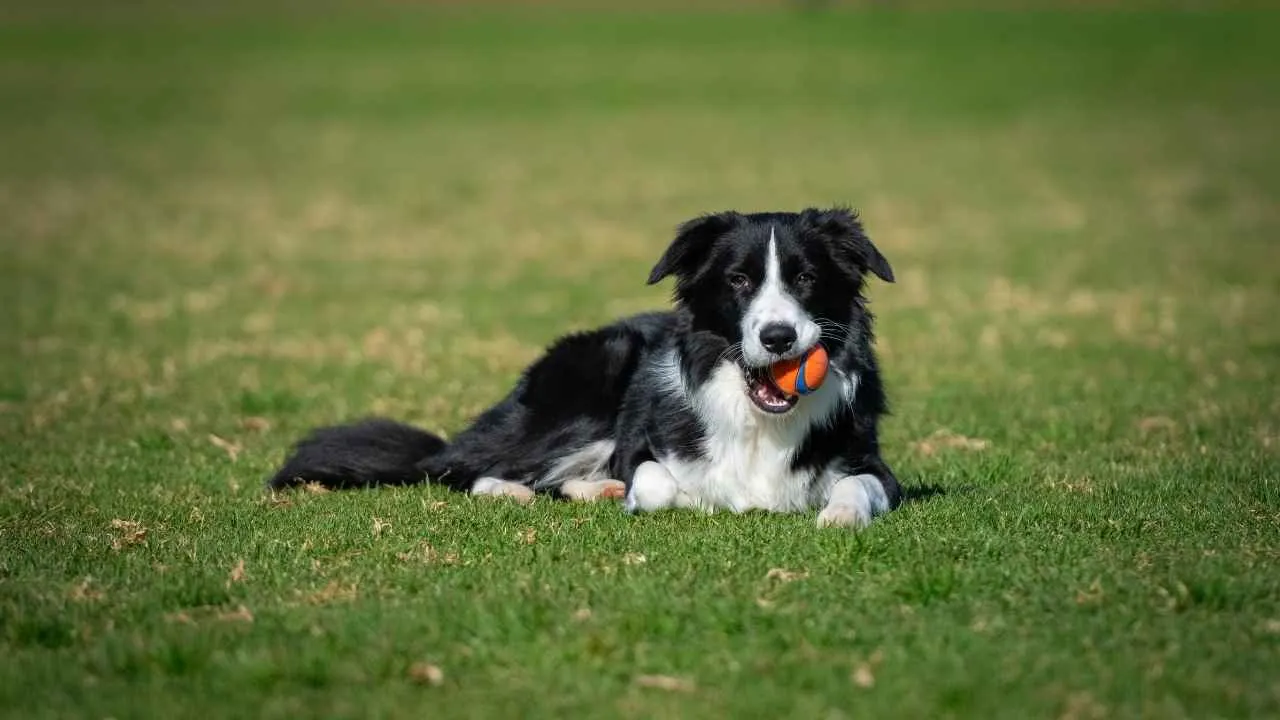
Border Collies have an almost uncanny ability to read movement, which lets them intuitively sync with a cyclist’s pace. They don’t need constant cues to stay in line or adjust their stride. This makes them excellent companions for riders who value a smooth, uninterrupted flow.
Laser-focused and easily conditioned
What sets this breed apart is its intensity—once given a task, it locks in with full concentration. They aren’t just obedient; they anticipate changes and adapt with minimal guidance. It’s this focus that turns them into trail-ready partners with real staying power.
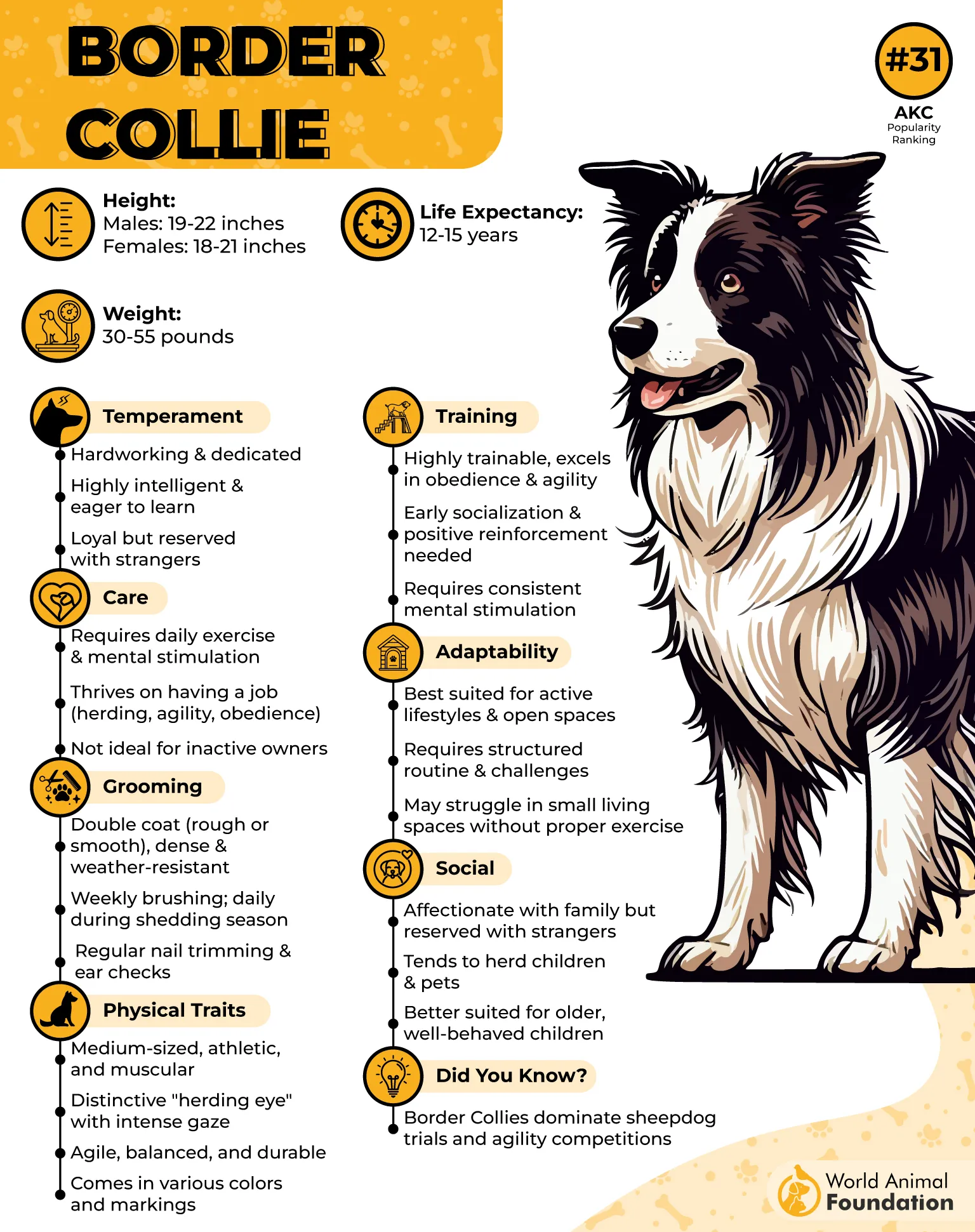
Stamina is shaped by daily work
Developed as herding dogs that moved tirelessly across rugged terrain, their daily energy output is already geared for long distances. It’s not about bursts—it’s about consistent, sustainable motion. Cyclists covering uneven or mixed terrain benefit from that built-in endurance.
Needs mental pacing, too
Their alert minds don’t power down easily, so rides that include varied environments or occasional direction shifts help keep them engaged. They’re among the best dogs for people who don’t ride on autopilot. That blend of mental sharpness and physical drive is rare to match.
5. Portuguese water dog

Built with a strong back and webbed feet, this breed moves fluidly across uneven or shifting surfaces. Whether cycling along trails or coastal roads, its body is designed to adapt mid-stride. That fluidity matters when long routes involve more than just pavement.
Stamina shaped by working roots
Originally trained to herd fish and retrieve nets from the Atlantic, this dog was bred to stay active through full days of labor, as per the AKC. That legacy shows in its sustained energy output, even after an hour of continuous cycling. Fatigue sets in much later than most medium-sized breeds.
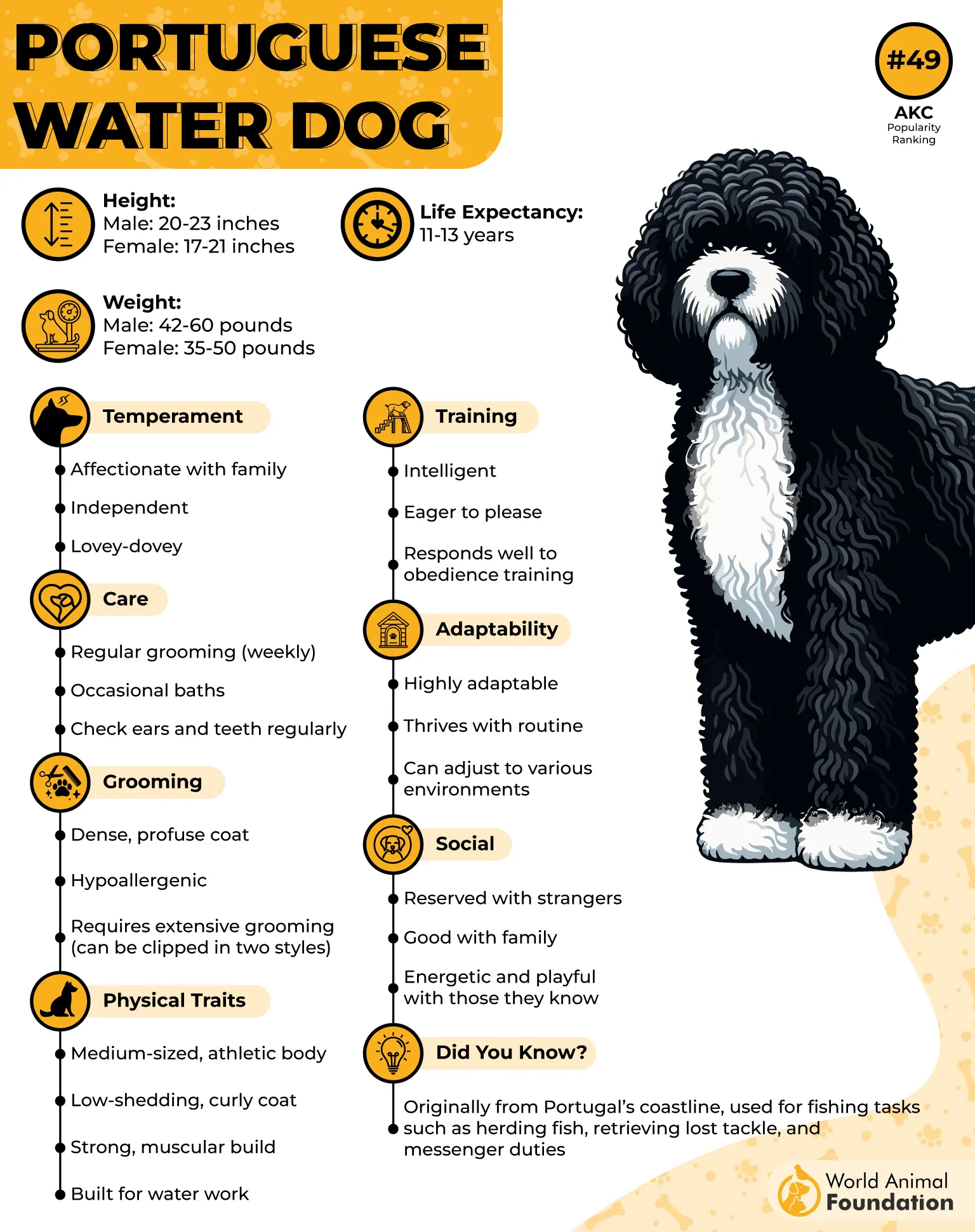
Problem-solving under motion
Portuguese Water Dogs don’t wait for direction—they read cues on the go and make adjustments in real time. If a cyclist slows or swerves, they instinctively recalibrate their path. This self-management keeps rides smooth without constant handler correction.
Coat made for weather shifts
The dense, curly coat acts as insulation without overheating the body during motion. Whether riding through morning chill or midday sun, it offers stable temperature control. This coat also sheds less debris after trail rides, making post-ride cleanup minimal.
6. Australian Shepherd
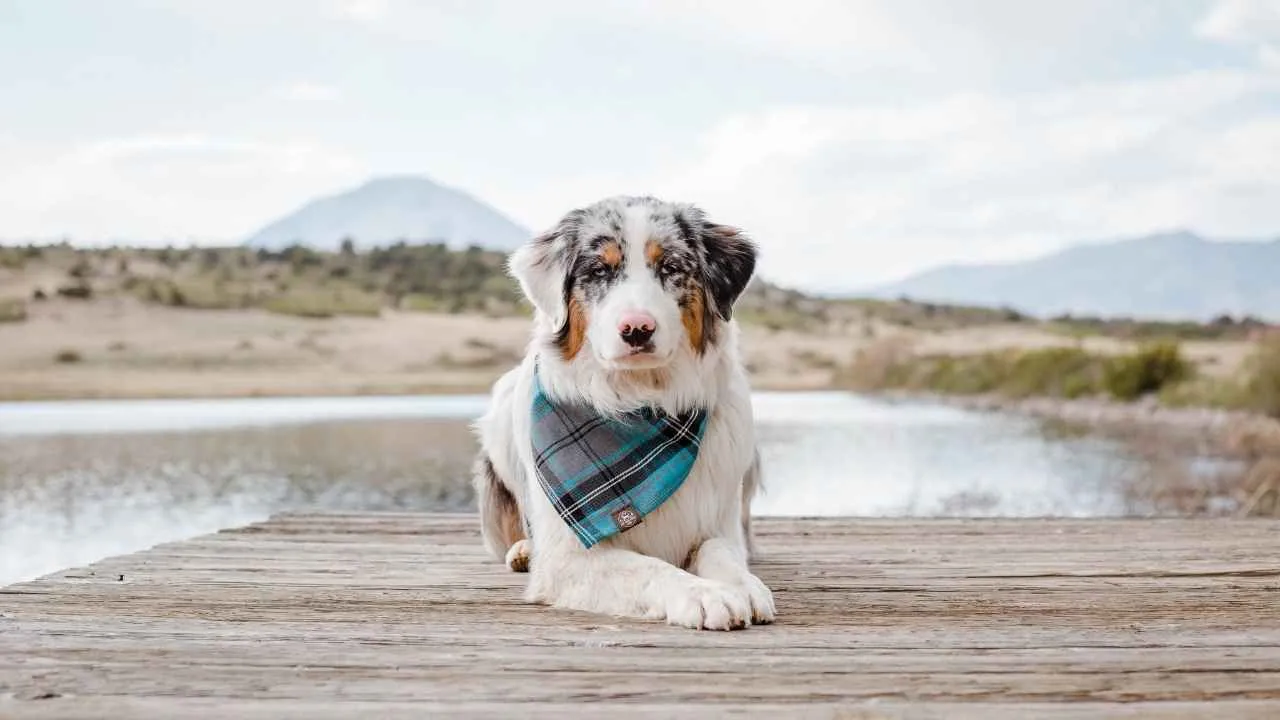
This breed doesn’t just keep up—it mirrors pace changes with remarkable accuracy. Its agile frame and tightly controlled gait allow it to transition between terrain types without hesitation. That makes it ideal for cyclists who alternate between road and trail.
Mentally locked into the task
The Australian Shepherd operates best when there’s a clear job to do. Long-distance rides provide the mental structure it naturally seeks, keeping it engaged rather than overstimulated. This clarity helps prevent behavioral issues often triggered by underuse.
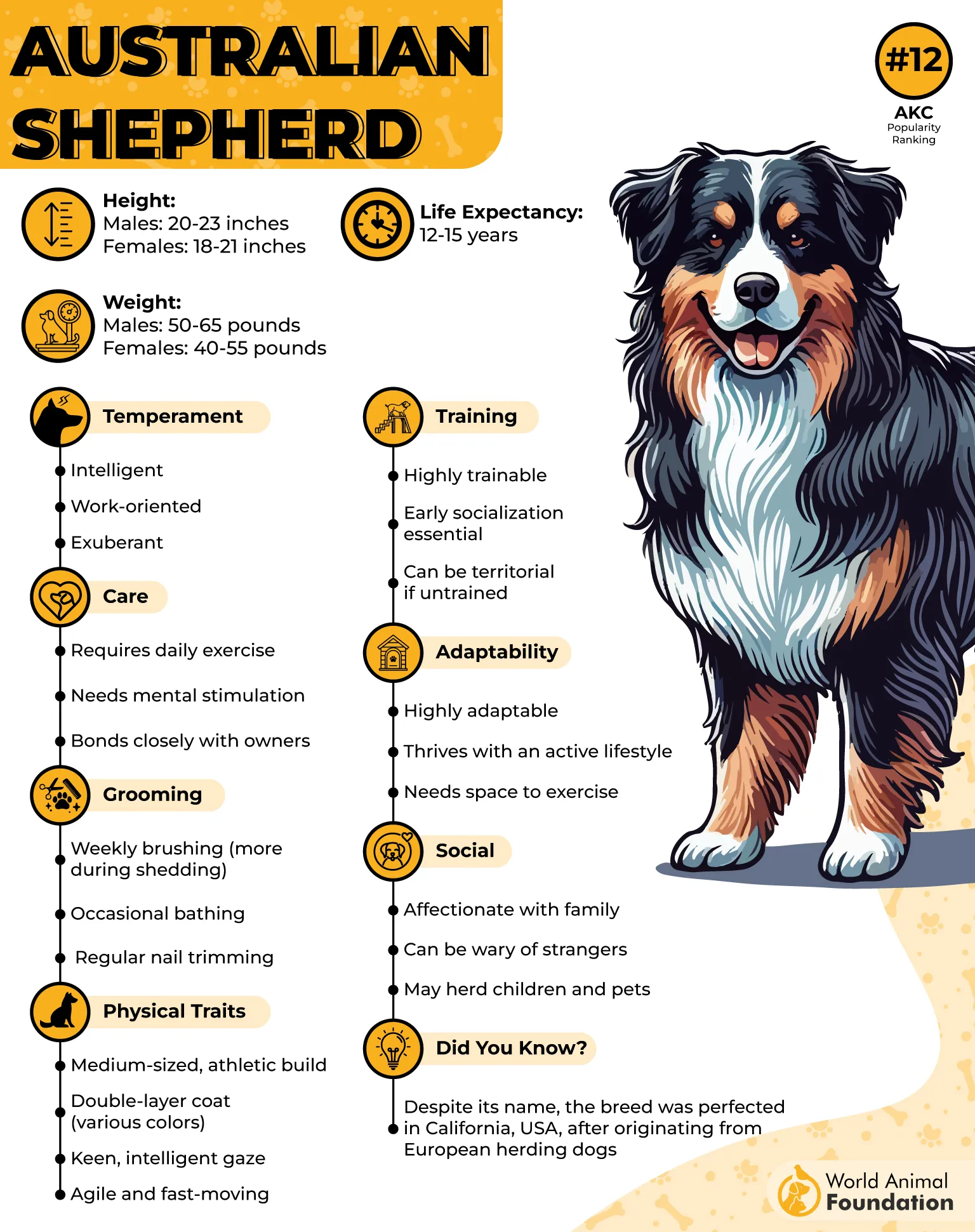
Thrives with consistent physical output
Rather than sudden bursts of energy, this dog prefers steady, extended activity. It builds physical endurance through routine and repetition, making it a match for cyclists training over long hours. Missed rides often lead to restlessness or frustration.
Developed for coordination and responsiveness
This breed was refined to work in sync with livestock handlers, anticipating movement and reacting instantly. That coordination now translates to cycling, where it can adjust to shifting speeds or trail direction without verbal prompts. Its instinct is to move with you, not behind you.
7. Standard Poodle
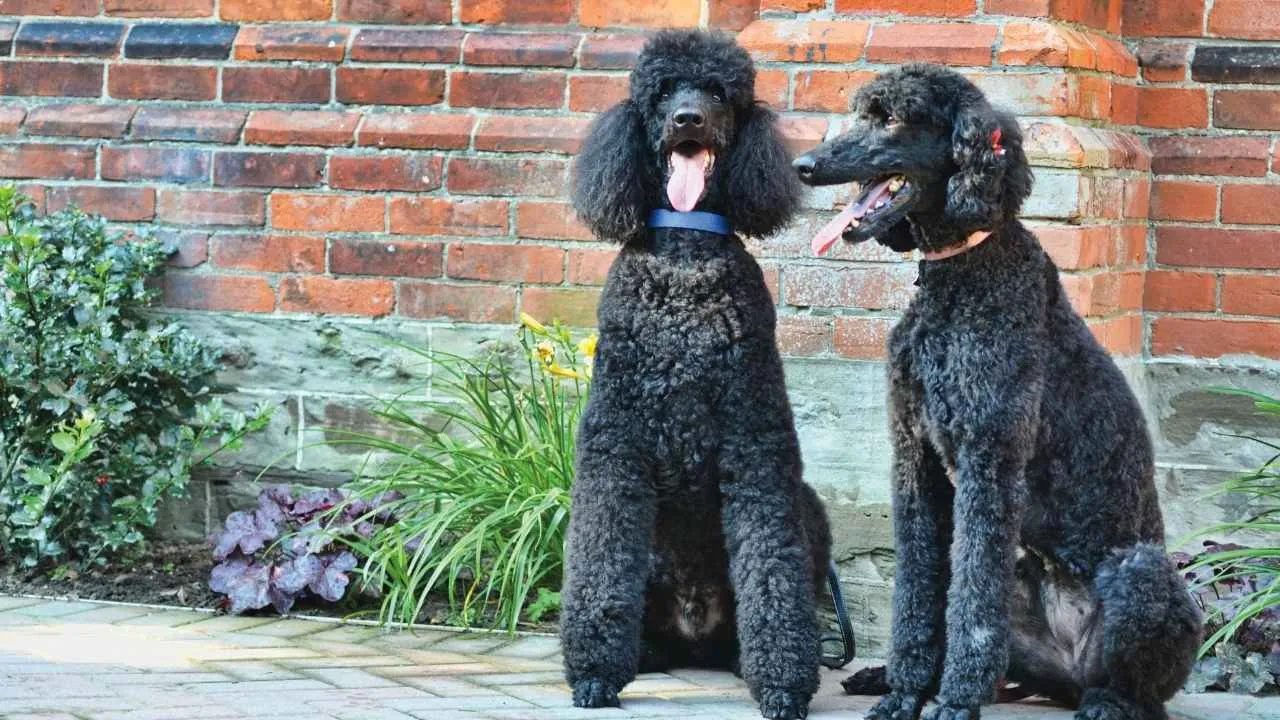
Often mistaken for a show-only breed, the Standard Poodle has surprising athleticism built into its frame. Beneath that dense coat lies a well-balanced, strong body made for movement. Its gait is fluid and springy, making it easy to maintain pace over extended distances.
Stamina paired with focus
What sets them apart is how they manage energy, not by sheer force, but by efficient pacing. They match their humans’ rhythm without becoming overexcited or scattered. Even after long miles, they stay mentally sharp and physically ready for more.
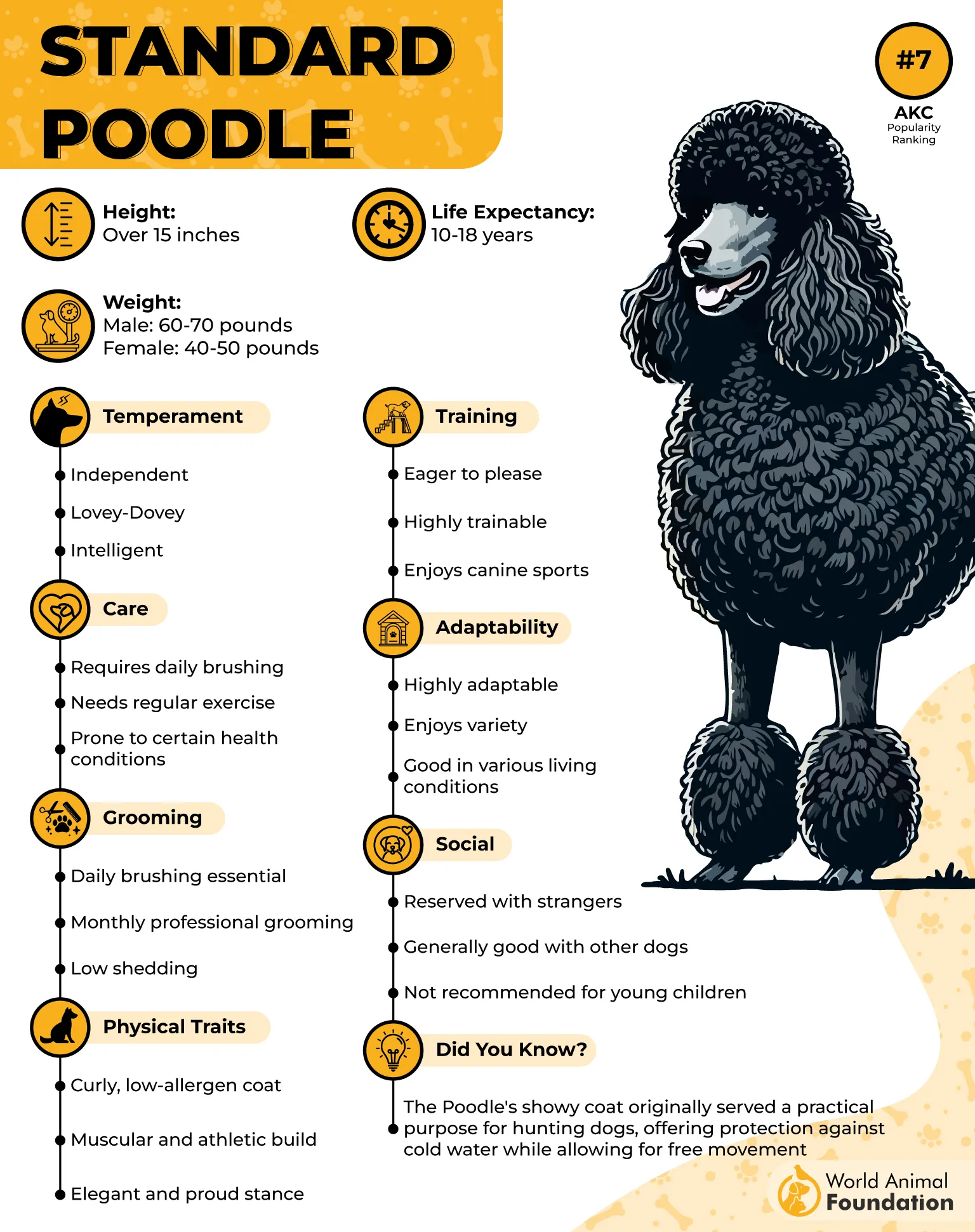
Quick reading of terrain and signals
Standard Poodles are tuned in to environmental changes and subtle cues from their owners. They adjust stride on gravel, incline, or sharp turns without missing a beat. That natural coordination makes them safer companions for unpredictable trails.
A coat that adapts to weather shifts
The curly coat isn’t just about looks — it insulates well without overheating in motion. With proper trimming, it protects from sun exposure on long routes while staying breathable. It’s one of the few non-shedding coats that still supports high physical output.
Conclusion
Miles become memories when you’ve got the right company. A good trail dog won’t just run beside you — they’ll match your breath, your pauses, your mood. You pedal, they pace.
Medium-sized dogs often strike that perfect middle ground: strong enough for endurance, nimble enough for control. While little dogs may enjoy short distances, it’s the velcro dogs — the ones who follow you without question — that make for truly seamless rides.
Whether you’re cycling on roads or climbing into mountain biking territory, the right dog becomes more than a passenger. You build a silent language over time — one built on motion, terrain, and trust. Leash freedom becomes a byproduct of connection.
Generally speaking, larger dogs may last longer, but it’s all about individual energy and bond. Bike rides change when you stop going alone. These dogs aren’t just great pets — they’re your ride-or-die.


